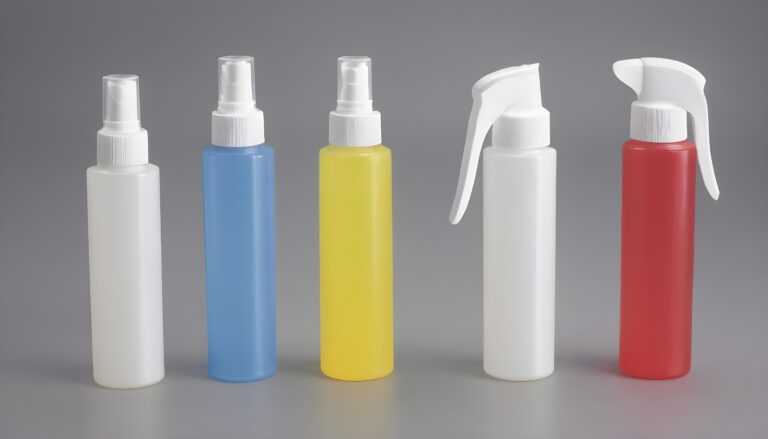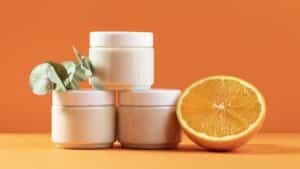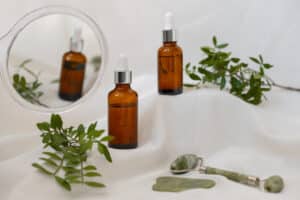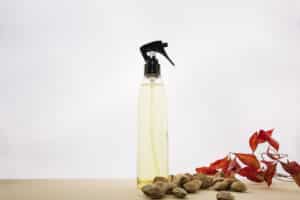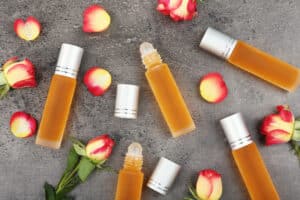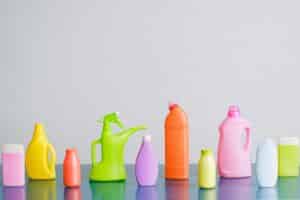The market for personal lubricants has experienced significant growth in recent years, driven by increasing awareness of sexual wellness and the desire for enhanced intimate experiences. Among the various types of lubricant packaging available, personal lubricant pump bottles have gained immense popularity due to their practicality, convenience, and hygienic nature. In this article, we will explore the rising demand for personal lubricant pump bottles and discuss strategies for lubricant sellers to capitalize on this trend.
Table of contents
Understanding the Rising Demand for Personal Lubricant Pump Bottles
Personal lubricant pump bottles have become the preferred choice for both consumers and manufacturers for several reasons:
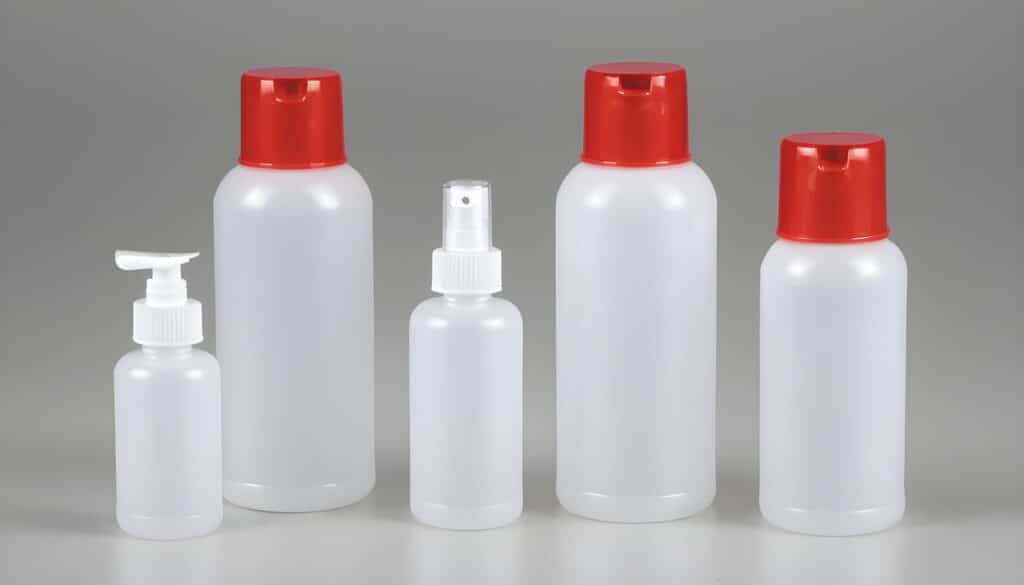
- Ease of Use: The convenient pump mechanism allows for effortless and controlled dispensing of the lubricant. With a simple press, users can obtain the desired amount without the mess or inconvenience associated with other packaging options.
- Hygienic Packaging: Pump bottles offer a hygienic solution for storing and dispensing lubricants. The pump mechanism minimizes the risk of contamination, as users don’t have to directly touch the product, reducing the chances of introducing bacteria or other impurities.
- Portability and Travel-friendly: Personal lubricant pump bottles are often designed with compact sizes, making them suitable for travel. Their leak-proof nature ensures a hassle-free experience during transportation, making them ideal for users on the go.
Capitalizing as a Lubricant Seller with Personal Lubricant Pump Bottles
As a lubricant seller, it is crucial to capitalize on the rising demand for personal lubricant bottles. Here are some key strategies to consider:
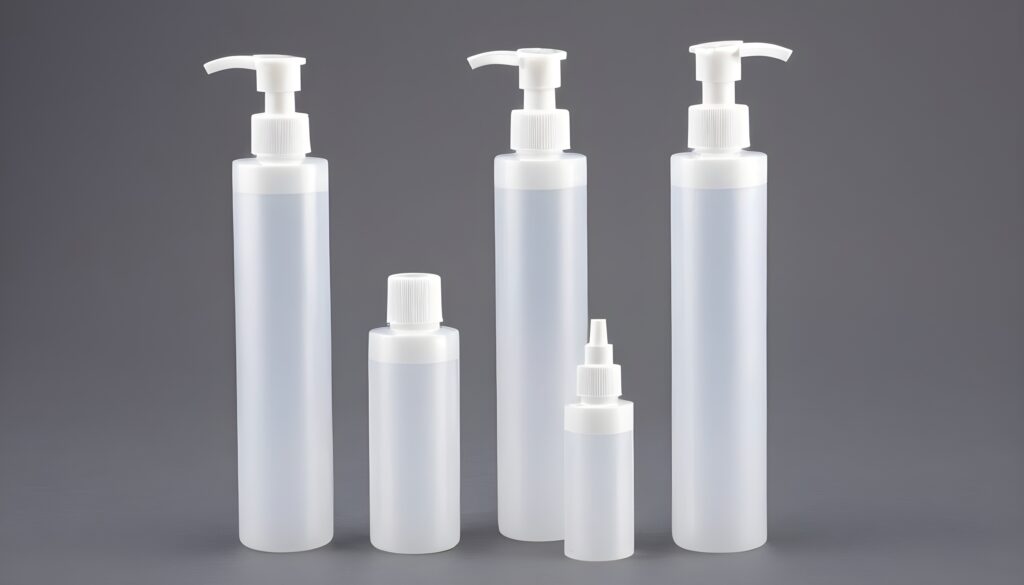
1. Offer a Variety of Options
Stock a wide range of personal lubricant pump bottles to cater to different consumer needs and preferences. Consider offering options in terms of bottle size, material, and compatibility with various lubricant formulations (water-based, silicone-based, etc.).
2. Emphasize the Benefits
Highlight the advantages of personal lubricant pump bottles in your marketing efforts. Focus on the convenience, ease of use, and hygienic aspects of these bottles to create compelling product descriptions and engaging visual content.
3. Partner with Reputable Suppliers
Identify reputable suppliers who offer high-quality personal lubricant pump bottles. Ensure the bottles meet safety standards and dispense the lubricant smoothly and accurately. A reliable supplier will guarantee a consistent supply of top-notch products for your customers.
4. Educate Customers
Provide educational resources to your customers to emphasize the benefits and proper usage of personal lubricant pump bottles. Create blog posts, videos, or social media content that educates users on the importance of using lubricants and how to incorporate pump bottles into their intimate experiences.
5. Leverage Online Platforms
Establish a strong online presence by utilizing e-commerce platforms, social media channels, and your website. Leverage these platforms to showcase your range of personal lubricant pump bottles, engage with customers, and offer personalized recommendations.
6. Collaborate with Influencers and Sex Educators
Partner with influencers and sex educators who align with your brand values. Collaborations can help raise awareness about personal lubricant pump bottles and reach a wider audience. Influencers can provide honest reviews and recommendations, further boosting your products’ visibility.
7. Provide Excellent Customer Service
Offer exceptional customer service to build trust and loyalty. Respond promptly to customer inquiries, address concerns, and provide accurate information about your lubricant pump bottles. Positive experiences will result in recommendations and repeat business.
Conclusion
As the demand for personal lubricants continues to rise, lubricant sellers have a significant opportunity to capitalize on the popularity of personal lubricant pump bottles. By offering a variety of options, emphasizing the benefits, partnering with reputable suppliers, educating customers, and leveraging online platforms, you can position your brand as a trusted source of high-quality personal lubricant bottles. Adapt to the evolving market trends, prioritize customer satisfaction, and establish a strong presence in the industry to succeed in the lubricant market.
FAQs
1. What material are lubricant bottles?
Lubricant bottles typically consist of various materials, with common options including plastic, such as polyethylene or polypropylene, and occasionally glass or metal. Plastic bottles are widely used due to their versatility, affordability, and lightweight nature. Additionally, they offer excellent corrosion resistance and are easy to mold into different shapes and sizes.
On the other hand, glass bottles provide a premium feel and are often favored for high-end lubricants, offering transparency and chemical inertness. Metal containers, though less common, can be found in specialized applications, offering durability and a unique aesthetic appeal. In summary, lubricant bottles come in a variety of materials, each with its own set of advantages and considerations.
2. What is lubricant packaging?
Lubricant packaging encompasses the diverse array of materials, designs, and methods used to contain, protect, and dispense lubricants. It includes bottles, drums, cans, tubes, sachets, and various other forms tailored to the specific needs of the lubricant product and its intended application. This packaging serves multiple functions, such as preventing contamination, extending shelf life, facilitating transportation and storage, and ensuring convenient and controlled dispensing.
Moreover, lubricant packaging often features branding, labeling, and informational content to communicate product details, usage instructions, safety precautions, and regulatory compliance. From traditional plastic bottles to innovative eco-friendly alternatives, lubricant packaging continues to evolve to meet changing consumer preferences, industry standards, and sustainability goals.
3. How do you store personal lube?
To store personal lubricant, keep it in its original container with the lid tightly closed. Store the container in a cool, dry place away from direct sunlight and extreme temperatures. Ensure it’s out of reach of children and pets. Check the expiry date periodically and discard if expired or if there are any changes in color, odor, or consistency.

